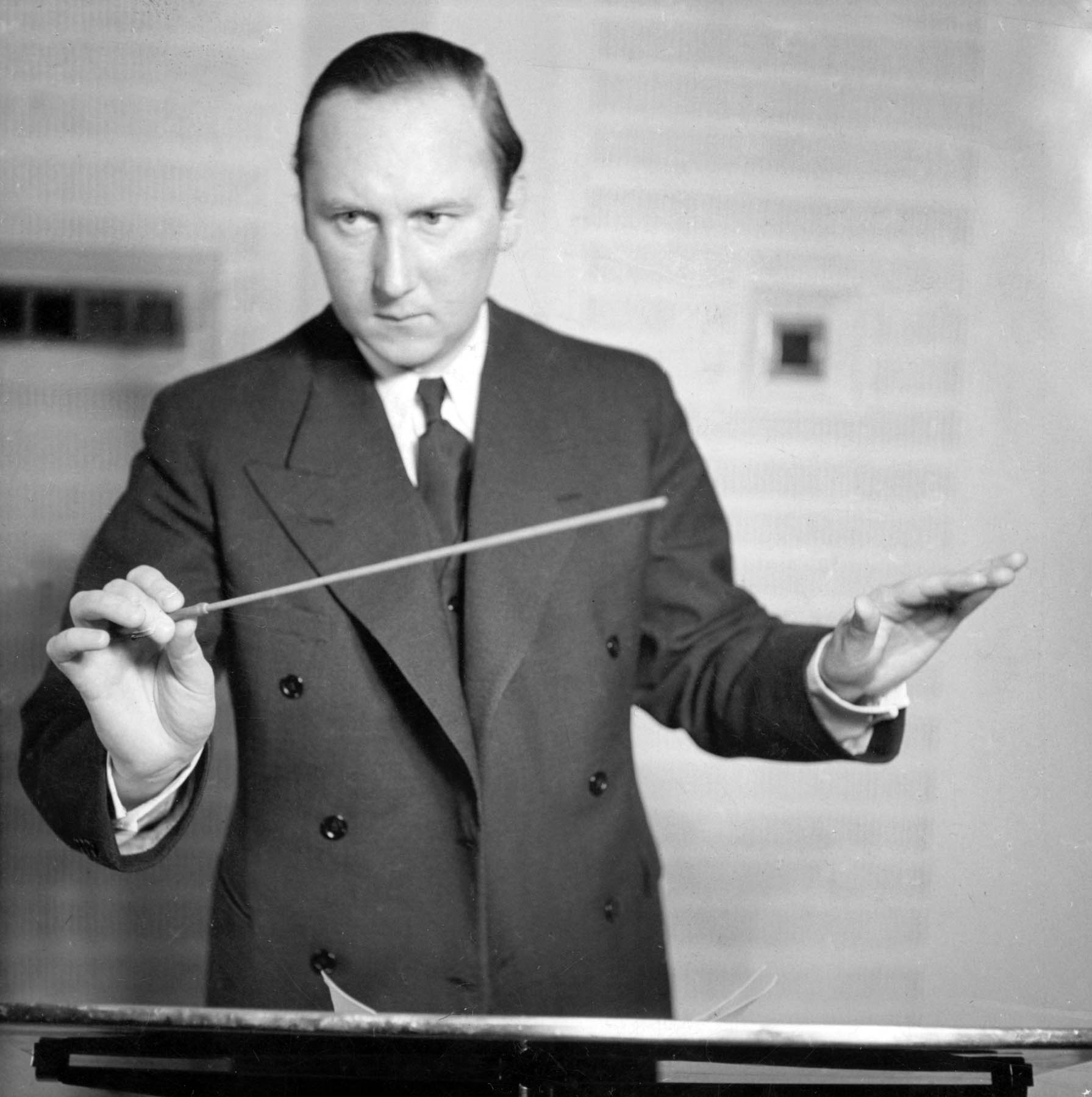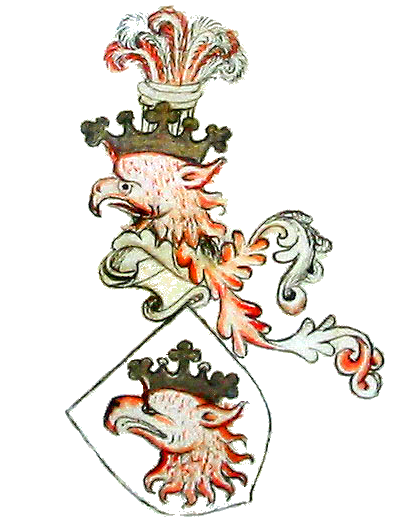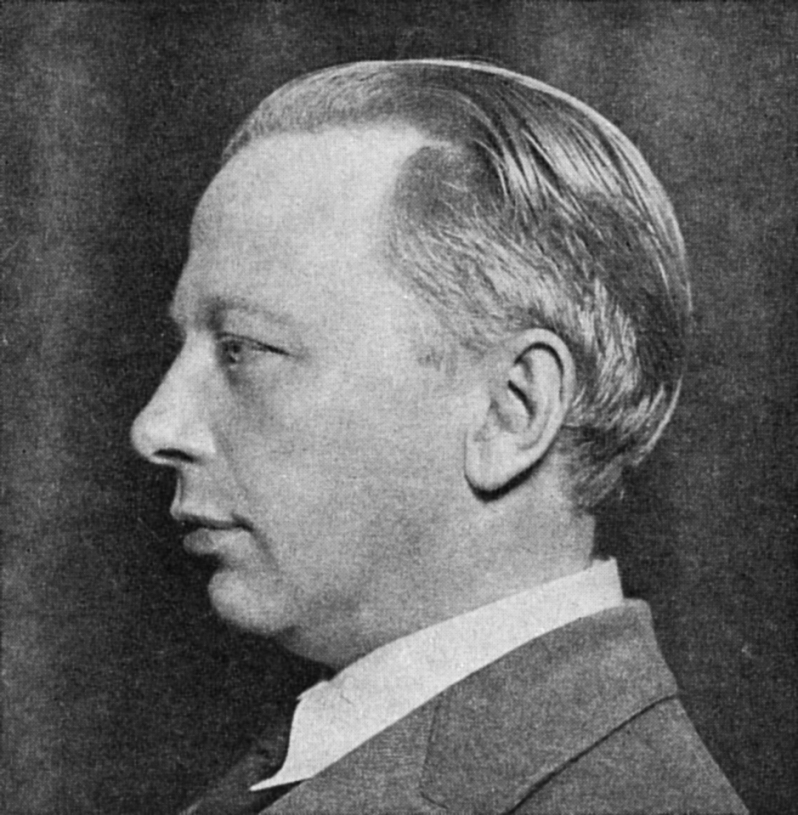|
The Princess Of Cyprus
''The Princess of Cyprus'' (in Swedish: ), Op. 9, is an opera in four acts written from 1931 to 1936 by the Swedish composer Lars-Erik Larsson; the Swedish-language libretto is by Finnish author and playwright Zacharias Topelius. The opera premiered in Stockholm on in 29 April 1937, but was withdrawn subsequently by the composer. Background The libretto by Zacharias Topelius is based on elements of the Finnish national epic Kalevala. Topelius combined part of the 11th song concerning Lemminkäinen's attempts to win the proud virgin Kyllikki with other elements from the Kalevala, including Lemminkäinen's visit to Tuonela. There are parallels to the Iliad and Odyssey, and Topelius uses the conflict of cultures between the noble Greeks and the barbaric Nordic countries. Larsson wrote ''Prinsessan av Cypern'', from 1931 to 1936. While inspired by past composers, the music is often unmistakably by Larsson. The shepherd's revenge song is inspired by rune singing, and A ... [...More Info...] [...Related Items...] OR: [Wikipedia] [Google] [Baidu] |
Lars-Erik Larsson
Lars-Erik Vilner Larsson (15 May 190827 December 1986) was a Swedish composer, conductor, radio producer, and educator. He wrote three of the most popular works (each a suite) in Swedish art music: ''A Winter's Tale'' (; 1937–1938), the ''Pastoral Suite'' (; 1938), and ''God in Disguise'' (; 1940). Other notable works by Larsson include three symphonies, a sinfonietta, and numerous concertante works. Biography Larsson was born in Åkarp in 1908, the son of a factory worker and a nurse. He studied with Ellberg at the Stockholm Conservatory (1925–1929) and with Alban Berg and Fritz Reuter in Vienna and Leipzig (1929–1930), then worked for Swedish Radio and taught at the Stockholm Conservatory (1947–1959) and Uppsala University, where he held the position as Director musices (1961–1966). His style as a composer is eclectic, ranging from the late Romantic to techniques derived from Arnold Schoenberg's twelve-note system, but original in method. He was the first Swede t ... [...More Info...] [...Related Items...] OR: [Wikipedia] [Google] [Baidu] |
Set Svanholm
Set Svanholm (2 September 1904 – 4 October 1964) was a Swedish operatic tenor, considered the leading Tristan and Siegfried of the first decade following World War II. Life and career Svanholm began his musical career at the age of 17 as a precentor, elementary school teacher, and organist. He then studied at the Royal University College of Music in Stockholm as well as taking singing lessons from the famous baritone John Forsell, who also taught Aksel Schiøtz and Jussi Björling.Svanholm Singers He made his operatic debut as a baritone (Stockholm, 1930), singing the role of Silvio in ''Pagliacci''. He sang as a baritone for several years. Then in 1936, after further study, he debuted as a tenor, singing the role of Radamès in ''Aida''. His first Wagnerian tenor roles (Lohengrin and Siegfried) followed in 1937, along with Lemminkäinen in the premiere of Lars-Erik Larsson's '' The Princess of Cyprus'' the same year. Svanholm sang regularly at the New York Metropolitan Opera ... [...More Info...] [...Related Items...] OR: [Wikipedia] [Google] [Baidu] |
Operas Set In Finland
Opera is a form of theatre in which music is a fundamental component and dramatic roles are taken by singers. Such a "work" (the literal translation of the Italian word "opera") is typically a collaboration between a composer and a librettist and incorporates a number of the performing arts, such as acting, scenery, costume, and sometimes dance or ballet. The performance is typically given in an opera house, accompanied by an orchestra or smaller musical ensemble, which since the early 19th century has been led by a conductor. Although musical theatre is closely related to opera, the two are considered to be distinct from one another. Opera is a key part of the Western classical music tradition. Originally understood as an entirely sung piece, in contrast to a play with songs, opera has come to include numerous genres, including some that include spoken dialogue such as ''Singspiel'' and ''Opéra comique''. In traditional number opera, singers employ two styles o ... [...More Info...] [...Related Items...] OR: [Wikipedia] [Google] [Baidu] |
1936 Operas
Events January–February * January 20 – George V of the United Kingdom and the British Dominions and Emperor of India, dies at his Sandringham Estate. The Prince of Wales succeeds to the throne of the United Kingdom as King Edward VIII. * January 28 – Britain's King George V state funeral takes place in London and Windsor. He is buried at St George's Chapel, Windsor Castle * February 4 – Radium E (bismuth-210) becomes the first radioactive element to be made synthetically. * February 6 – The IV Olympic Winter Games open in Garmisch-Partenkirchen, Germany. * February 10– 19 – Second Italo-Ethiopian War: Battle of Amba Aradam – Italian forces gain a decisive tactical victory, effectively neutralizing the army of the Ethiopian Empire. * February 16 – 1936 Spanish general election: The left-wing Popular Front coalition takes a majority. * February 26 – February 26 Incident (二・二六事件, ''Niniroku Jiken''): The Imp ... [...More Info...] [...Related Items...] OR: [Wikipedia] [Google] [Baidu] |
Operas
Opera is a form of theatre in which music is a fundamental component and dramatic roles are taken by singers. Such a "work" (the literal translation of the Italian word "opera") is typically a collaboration between a composer and a librettist and incorporates a number of the performing arts, such as acting, scenery, costume, and sometimes dance or ballet. The performance is typically given in an opera house, accompanied by an orchestra or smaller musical ensemble, which since the early 19th century has been led by a conductor. Although musical theatre is closely related to opera, the two are considered to be distinct from one another. Opera is a key part of the Western classical music tradition. Originally understood as an entirely sung piece, in contrast to a play with songs, opera has come to include numerous genres, including some that include spoken dialogue such as ''Singspiel'' and ''Opéra comique''. In traditional number opera, singers employ two styles of singing: ... [...More Info...] [...Related Items...] OR: [Wikipedia] [Google] [Baidu] |
Swedish-language Operas
Swedish ( ) is a North Germanic language spoken predominantly in Sweden and in parts of Finland. It has at least 10 million native speakers, the fourth most spoken Germanic language and the first among any other of its type in the Nordic countries overall. Swedish, like the other Nordic languages, is a descendant of Old Norse, the common language of the Germanic peoples living in Scandinavia during the Viking Era. It is largely mutually intelligible with Norwegian and Danish, although the degree of mutual intelligibility is largely dependent on the dialect and accent of the speaker. Written Norwegian and Danish are usually more easily understood by Swedish speakers than the spoken languages, due to the differences in tone, accent, and intonation. Standard Swedish, spoken by most Swedes, is the national language that evolved from the Central Swedish dialects in the 19th century and was well established by the beginning of the 20th century. While distinct regional varieties a ... [...More Info...] [...Related Items...] OR: [Wikipedia] [Google] [Baidu] |
Compositions By Lars-Erik Larsson
Composition or Compositions may refer to: Arts and literature *Composition (dance), practice and teaching of choreography *Composition (language), in literature and rhetoric, producing a work in spoken tradition and written discourse, to include visuals and digital space *Composition (music), an original piece of music and its creation *Composition (visual arts), the plan, placement or arrangement of the elements of art in a work * ''Composition'' (Peeters), a 1921 painting by Jozef Peeters *Composition studies, the professional field of writing instruction * ''Compositions'' (album), an album by Anita Baker *Digital compositing, the practice of digitally piecing together a video Computer science *Function composition (computer science), an act or mechanism to combine simple functions to build more complicated ones *Object composition, combining simpler data types into more complex data types, or function calls into calling functions History *Composition of 1867, Austro-Hungarian/ ... [...More Info...] [...Related Items...] OR: [Wikipedia] [Google] [Baidu] |
Pohjola
Pohjola (; from 'base, bottom', but used in derived forms like ''pohjois-'' to mean 'north' + ''-'' 'place'), sometimes just Pohja (), is a mythical place, location in Finnish mythology. It is one of the two main polarities in the Finnish national epic, the ''Kalevala'', along with Kalevala or Väinölä. Pohjola and the ''Kalevala'' storytellers C. Ganander (1789), characterised Pohjola as : 'the most extreme North ... a dark and terrible place. Tartarus and Thule, Ultima Thule'. :''Yttersta Norden, beskrives såsom en mörk och förfärlig ort. Tartarus & ultima Thule'' : ''Mythologia fennica'' : ''eller förklaring öfver de nomina propria deastrorum, idolorum, locorum, virorum, &c. eller afgudar och afgudinnor, forntidens märkelige personar, offer och offer-ställen, gamla sedvänjor, jätter, trol, skogs- sjö och bergs-rån m.m. Som förekomma i de äldre finska troll-runor, synnyt, sanat, sadut, arwotuxet &c. samt än brukas och nämnas i dagligt tal; til deras tjenst, ... [...More Info...] [...Related Items...] OR: [Wikipedia] [Google] [Baidu] |
Sveriges Radio P2
P2 (''pe två'') is one of the four main radio channels operated by Sweden's national publicly funded radio broadcasting organization Sveriges Radio (SR). It broadcasts music (principally classical music and jazz) and also carries educational programming as well as programmes in minority languages. P2 was officially similar and related to BBC Radio 3. History The channel began life in 1955 as Sweden's second radio channel. In 1966, SR gave its channels distinct profiles, making P2 the channel for education, regional programming, and "serious" music. Regional radio later became local radio and was moved to P3 – still later to P4 – leaving P2 with the profile it has today. The music played on P2 is mostly classical in the broadest sense (from the earliest known compositions to 20th-century and contemporary works), but also features jazz, folk and " world music": in this respect P2 can be compared toaccording to whom? many other similar public radio stations around the world ... [...More Info...] [...Related Items...] OR: [Wikipedia] [Google] [Baidu] |
Malmö Opera And Music Theatre
Malmö (, ; da, Malmø ) is the largest city in the Swedish county (län) of Scania (Skåne). It is the third-largest city in Sweden, after Stockholm and Gothenburg, and the sixth-largest city in the Nordic region, with a municipal population of 350,647 in 2021. The Malmö Metropolitan Region is home to over 700,000 people, and the Øresund Region, which includes Malmö and Copenhagen, is home to 4 million people. Malmö was one of the earliest and most industrialised towns in Scandinavia, but it struggled to adapt to post-industrialism. Since the 2000 completion of the Öresund Bridge, Malmö has undergone a major transformation, producing new architectural developments, supporting new biotech and IT companies, and attracting students through Malmö University and other higher education facilities. Over time, Malmö's demographics have changed and by the turn of the 2020s almost half the municipal population had a foreign background. The city contains many historic ... [...More Info...] [...Related Items...] OR: [Wikipedia] [Google] [Baidu] |
Kurt Atterberg
Kurt Magnus Atterberg (, 12 December 188715 February 1974) was a Swedish composer and engineer. He is best known for his symphonies, operas, and ballets. Biography Atterberg was born in Gothenburg. His father was Anders Johan Atterberg, engineer; his uncle was the chemist Albert Atterberg. His mother, Elvira Uddman, was the daughter of a famous male opera singer. In 1902, Atterberg began learning the cello, having been inspired by a concert by the Brussels String Quartet, featuring a performance of Beethoven's String Quartet No. 8. Six years later he became a performer in the Stockholm Concert Society, now known as the Royal Stockholm Philharmonic Orchestra, as well as publishing his first completed work, the Rhapsody for Piano and Orchestra, Op. 1. His String Quartet No. 1 in D major, Op. 2, soon followed. While already studying civil engineering at the Royal Institute of Technology, Atterberg also enrolled at the Royal College of Music, Stockholm in 1910 with a score of his ... [...More Info...] [...Related Items...] OR: [Wikipedia] [Google] [Baidu] |
Herbert Sandberg (conductor)
Herbert Ludwig Sandberg (26 February 1902 – 7 January 1966) was a Swedish conductor, librettist, and composer of Polish Jewish descent. Life and career Born in Breslau (now Wrocław), Sandberg was the son of Dr. Richard and Franziska Betty (née Rosenthal) Sandberg. He was educated in Germany where he was a pupil of Julius Prüwer in Breslau and Leo Blech in Berlin. He later married Blech's daughter, Lisel Blech, on 19 August 1939. Sandberg began his career as a répétiteur at the Breslau Opera in 1919 when he was only 17 years old; a position he remained in through 1922. He then became the kapellmeister and assistant conductor to Blech at the Theater des Westens in Berlin (also known as the Berlin Volksoper) in 1923. This was followed by a post at the Deutsche Oper Berlin as assistant to Bruno Walter. He then became a conductor at the Royal Swedish Opera (RSO) in Stockholm in 1926 where he remained for the rest of his career. He notably conducted several world premier ... [...More Info...] [...Related Items...] OR: [Wikipedia] [Google] [Baidu] |






